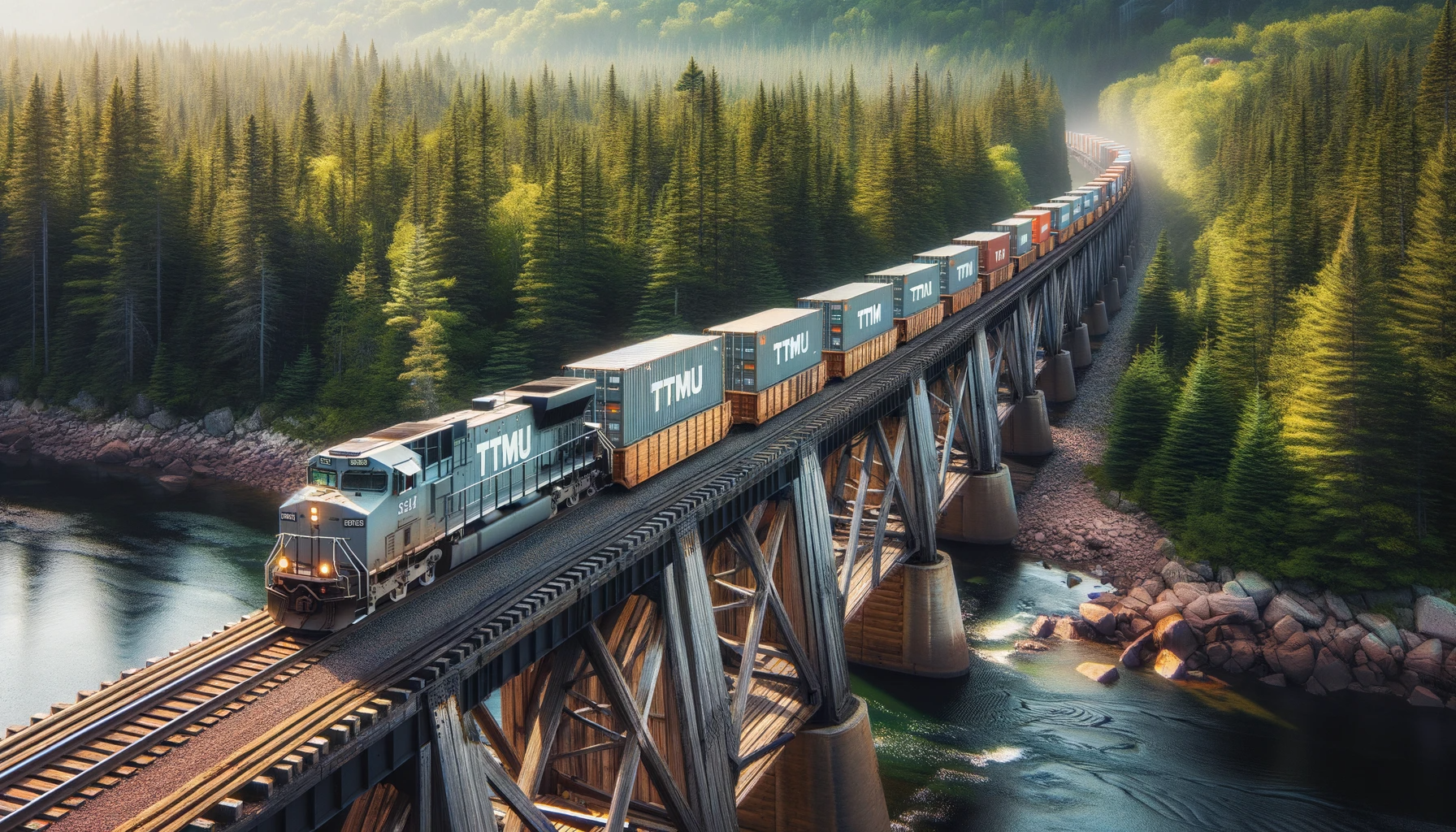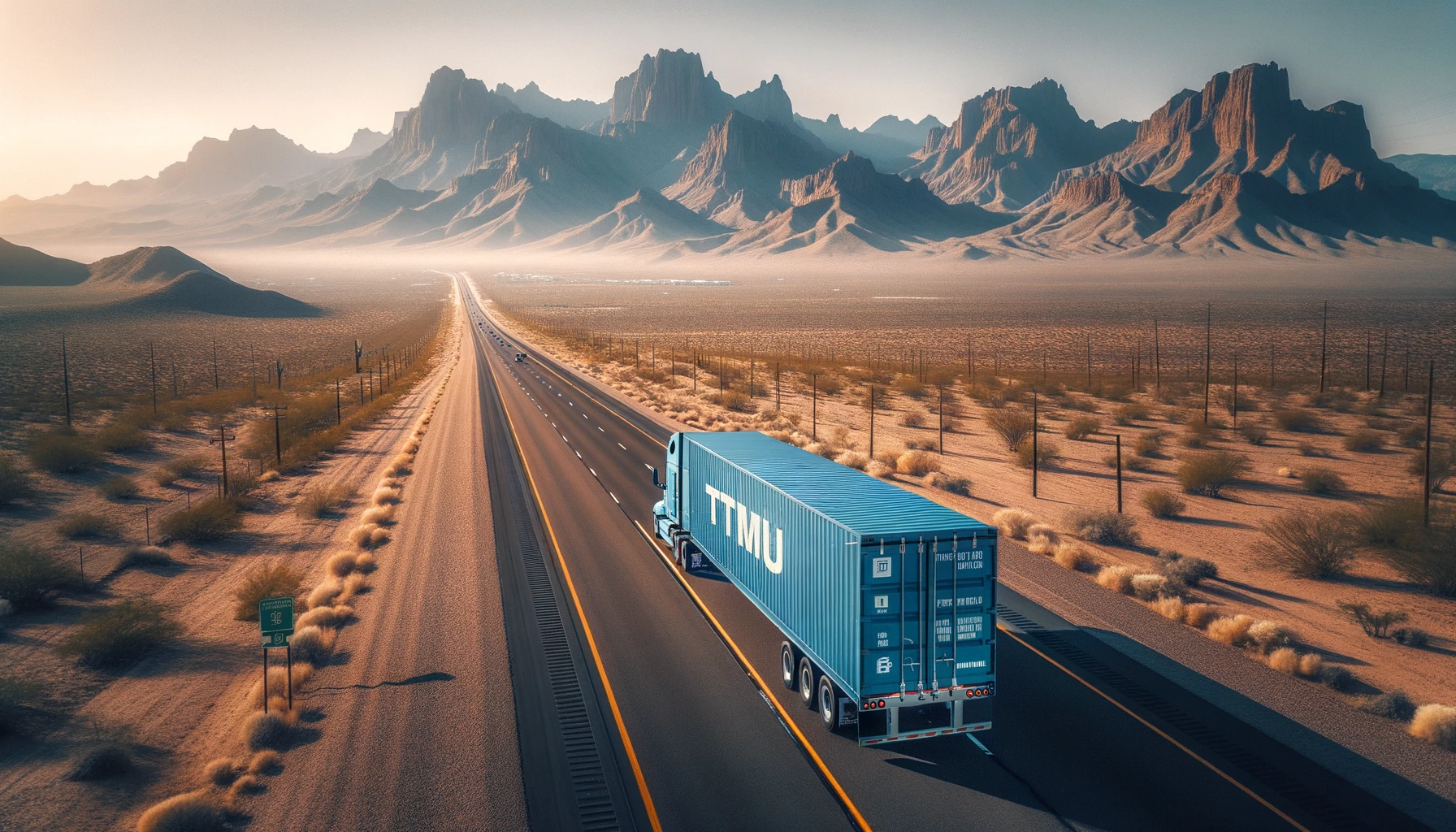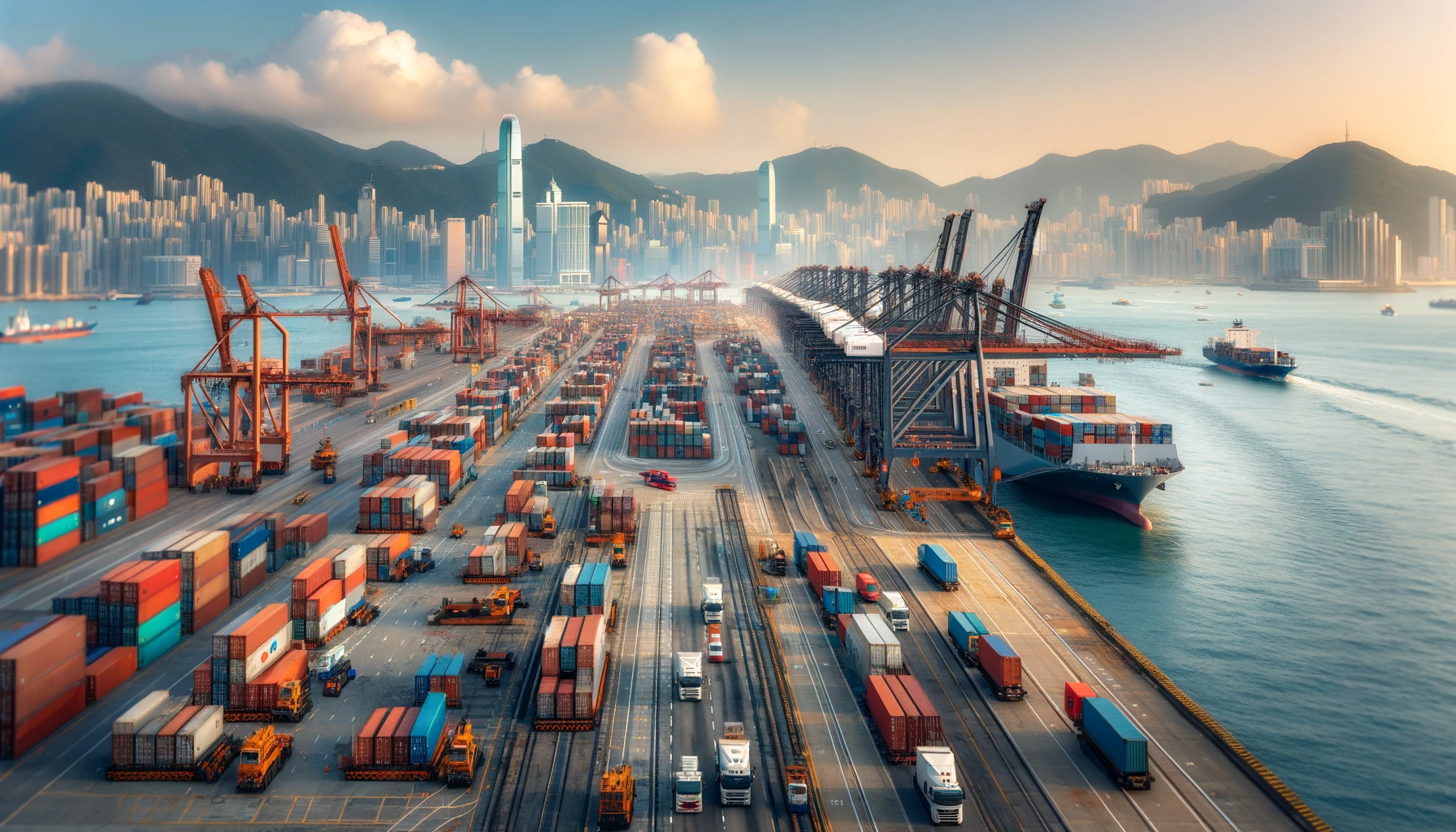
Ahoy, dear readers! The modern world thrives on connectivity. It is not just about the interconnection of people, ideas, and cultures; it's also about the physical transport of goods from one corner of the world to another. A linchpin in this global exchange system is intermodal transportation. It ensures that your favorite products, from the latest gadgets to fresh fruits, reach you wherever you are. Let's dive into the world of intermodal transportation and understand the journey of containers as they transition between ships, trucks, and trains.
What is Intermodal Transportation?
Intermodal transportation refers to the use of multiple modes of transport to move a single shipment from its origin to its destination. The most recognizable aspect of this system is the standardized shipping container, which can be easily transferred between sea vessels, trucks, and rail without needing to unload its contents.

The Journey of a Container
- Ships: Everything starts at the ports. Massive container ships dock, loaded with rows upon rows of containers. These vessels are engineering marvels, designed to carry tens of thousands of containers. Once docked, massive cranes, specifically designed for this purpose, pick up these containers and place them onto the port's ground transport or directly onto trains.
- Trucks: Containers meant for shorter distances, or those that need to be quickly transported to a nearby facility, are loaded onto trucks. Special chassis have been designed to carry these containers, ensuring that they can be easily and quickly loaded and unloaded.
- Trains: For longer land distances, especially across continents, rail transport is the most efficient method. Special train cars, called well cars or container well cars, have been designed to carry these containers. They have a recessed section so that the container sits securely without increasing the train's overall height.

Supporting Infrastructure
The entire system functions seamlessly due to the supporting infrastructure and standardized protocols:
- Terminals: Be it ports, truck facilities, or rail yards, specialized terminals ensure smooth transfer of containers. These are equipped with large cranes, forklifts, and other equipment to facilitate rapid movement.
- StandardizedContainers: A key factor is the standardization of container sizes. The most common, the TEU (Twenty-foot Equivalent Unit), ensures that every component of the system knows what to expect, leading to efficient and seamless transfers.
- InformationSystems: Modern tracking and management information systems ensure that every container's whereabouts and contents are known at all times. This aids in planning, reduces losses, and ensures timely deliveries.
- Integrated Logistics Providers: Many companies offer integrated logistics solutions. They handle every aspect of the shipment, from booking space on a ship to ensuring it reaches its final destination, taking the complexity out of the equation for shippers.

Benefits of Intermodal Transportation
- Efficiency: By using the most efficient mode of transport for each leg of the journey, it ensures goods are transported in the most cost-effective manner.
- Environmental: Trains, for example, are more fuel-efficient than trucks for long distances, leading to reduced emissions.
- Flexibility: If one mode faces an issue, shipments can often be rerouted using another, ensuring minimal delays.
- Safety: By reducing the need to handle goods directly (since they remain inside the container), there's a reduced risk of damage or loss.
Conclusion
Intermodal transportation, while often taken for granted, is a testament to human ingenuity and our ability to globalize, standardize, and optimize. The next time you purchase an item from halfway around the world, take a moment to appreciate the intricate dance of ships, trucks, and trains that brought it to your doorstep.


